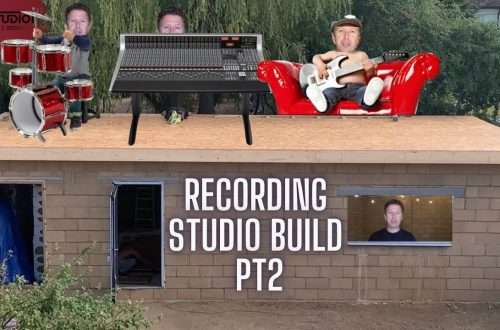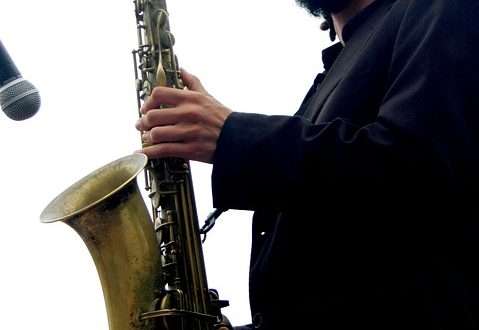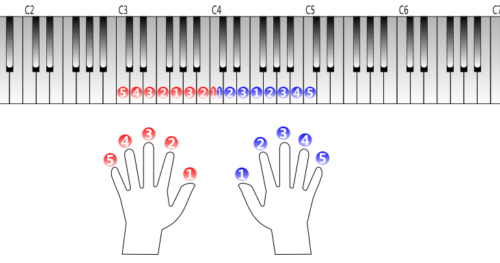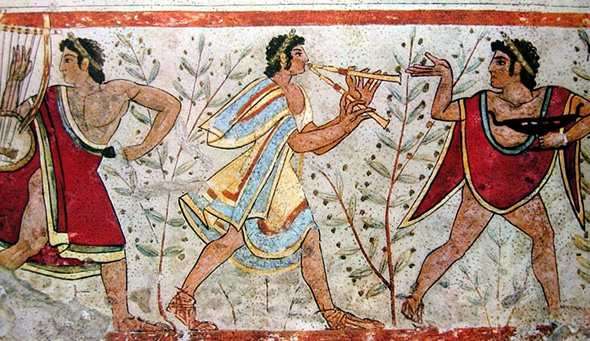
History of the oboe
Device oboe. The oboe is a woodwind musical instrument. The name of the instrument comes from “haubois”, which in French means high, wooden. It has the shape of a tube of a conical shape, 60 cm long, consisting of 3 parts: the upper and lower knees, as well as the bell. It has a valve system that opens and closes 24-25 playing holes drilled in the walls of the wooden oboe. In the upper knee there is a double cane (tongue), a sound generator. When air is blown in, 2 reed plates vibrate, representing a double tongue, and the air column in the tube vibrates, resulting in sound. The oboe d’amore, bassoon, contrabassoon, English horn also have a double reed, in contrast to the clarinet with a single reed. It has a rich, melodious, slightly nasal timbre.
Material for oboe. The main material for the manufacture of the oboe is African ebony. Sometimes exotic tree species are used (“purple” tree, cocobolo). The latest technological novelty is a tool made of a material based on ebony powder with the addition of 5 percent carbon fiber. Such a tool is lighter, cheaper, less responsive to changes in temperature and humidity. The first oboes were made from hollow bamboo and reed tubes. Later, beech, boxwood, pear, rosewood and even ivory were used as durable materials. In the 19th century, with the increase in the number of holes and valves, a stronger material was needed. They became ebony.
The emergence and evolution of the oboe. The progenitors of the oboe were numerous folk instruments known to mankind since ancient times. Among this set: the ancient Greek aulos, the tibia of the Romans, the Persian zurna, the gaita. The oldest instrument of this type, found in the tomb of a Sumerian king, is over 4600 years old. It was a double flute, made of a pair of silver pipes with double reeds. Instruments of a later period are the musette, cor anglais, baroque and baritone oboe. Shawls, krumhorns, bagpipes appeared towards the end of the Renaissance. 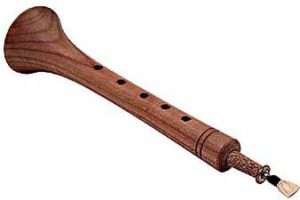 The oboe and bassoon were preceded by the shawl and pommer. The modern oboe received its original form at the end of the 17th century in France after the improvement of the shawl. True, then he had only 6 holes and 2 valves. In the 19th century, thanks to the Boehm system for woodwinds, the oboe was also reconstructed. The changes affected the number of holes and the valve mechanism of the instrument. Since the 18th century, the oboe has become widespread in Europe; the best composers of that time write for it, including J.S. Bach, G.F. Handel, A. Vivaldi. Oboe uses in his works V.A. Mozart, G. Berlioz. In Russia, since the 18th century, it has been used by M. Glinka, P. Tchaikovsky and other famous composers. The 18th century is considered to be the golden age of the oboe.
The oboe and bassoon were preceded by the shawl and pommer. The modern oboe received its original form at the end of the 17th century in France after the improvement of the shawl. True, then he had only 6 holes and 2 valves. In the 19th century, thanks to the Boehm system for woodwinds, the oboe was also reconstructed. The changes affected the number of holes and the valve mechanism of the instrument. Since the 18th century, the oboe has become widespread in Europe; the best composers of that time write for it, including J.S. Bach, G.F. Handel, A. Vivaldi. Oboe uses in his works V.A. Mozart, G. Berlioz. In Russia, since the 18th century, it has been used by M. Glinka, P. Tchaikovsky and other famous composers. The 18th century is considered to be the golden age of the oboe.
Oboe in our time. Today, just like two centuries ago, it is impossible to imagine music without the unique timbre of the oboe. He performs as a solo instrument in chamber music, 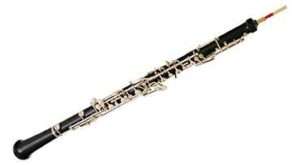 sounds great in a symphony orchestra, inimitable in a wind orchestra, is the most expressive instrument among folk instruments, it is used as a solo instrument even in jazz. Today, the most popular types of oboes are the oboe d’amore, whose soft timbre attracted Bach, Strauss, Debussy; solo instrument of the symphony orchestra – English horn; the smallest in the oboe family is the musette.
sounds great in a symphony orchestra, inimitable in a wind orchestra, is the most expressive instrument among folk instruments, it is used as a solo instrument even in jazz. Today, the most popular types of oboes are the oboe d’amore, whose soft timbre attracted Bach, Strauss, Debussy; solo instrument of the symphony orchestra – English horn; the smallest in the oboe family is the musette.



